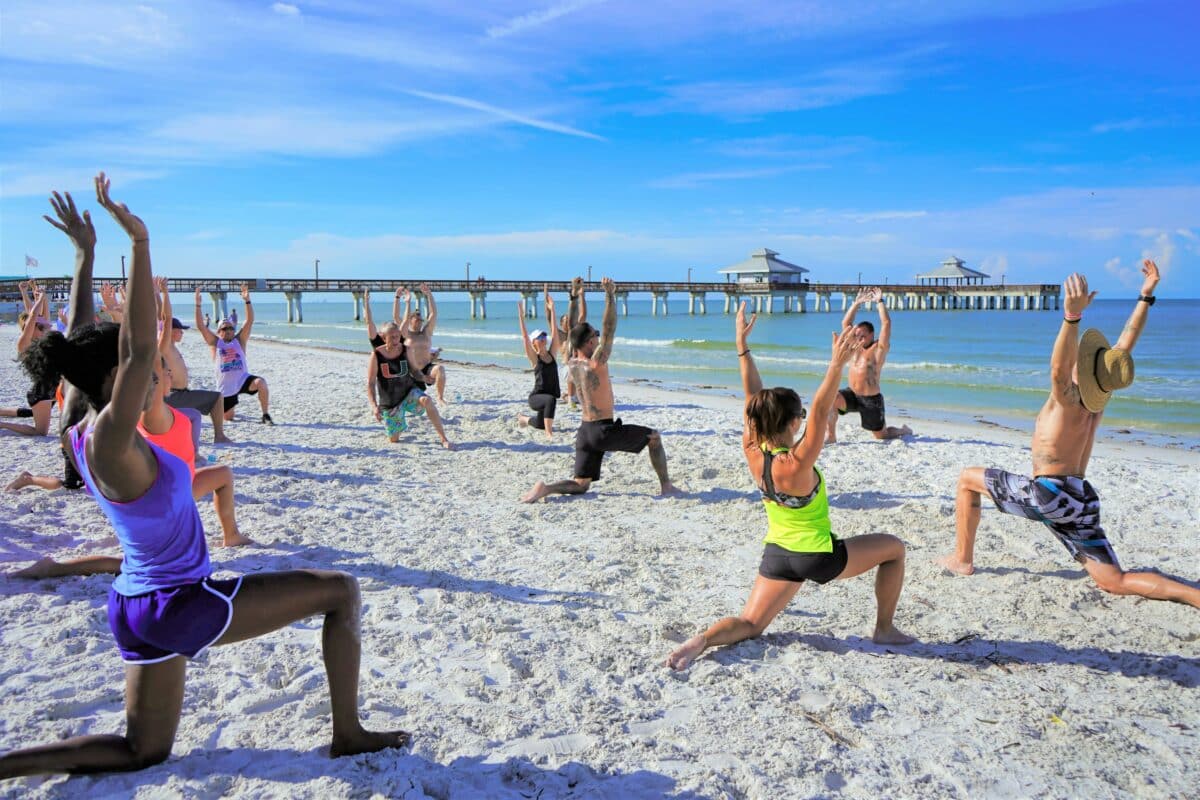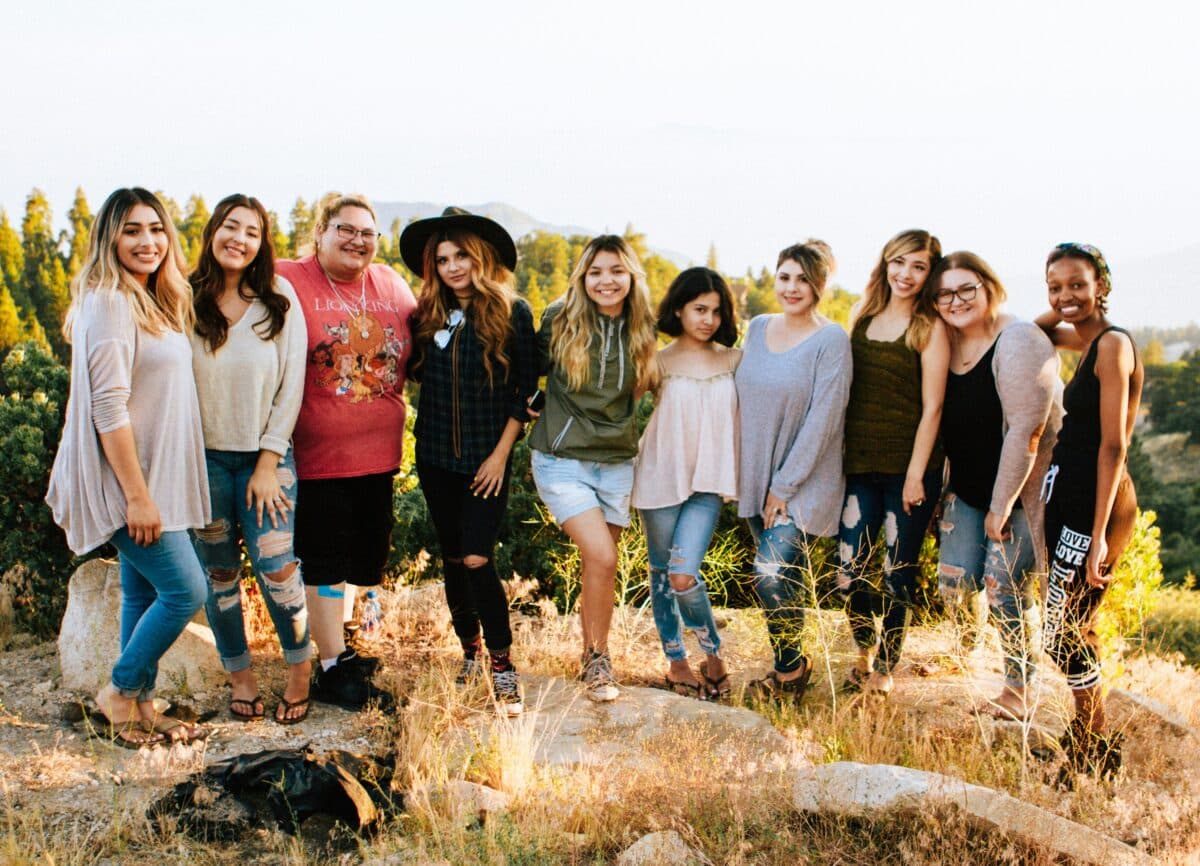This Female Founder Created DIY Lashes That Look Just Like Extensions — And Cost a Fraction of the Price
By: Jay Feldman
In a rapidly growing beauty industry projected to reach hundreds of billions by 2025, one segment is stealing the spotlight: DIY beauty. With a significant rise in consumer interest over the past year, this is more than just a passing trend — it’s a transformative shift. At the forefront stands Revel Lash, the brainchild of a seasoned lash artist who’s turned her decade of expertise into a game-changing solution for beauty enthusiasts everywhere.
The Journey of a Lash Artist
Behind Revel Lash’s success lies a story of necessity meeting innovation. After relocating to a new city, this veteran lash artist found herself in a beauty desert — not a qualified lash technician in sight. Her search for DIY alternatives left her increasingly frustrated. “I scoured the market, trying everything available, but nothing came close to the professional quality I knew my clients deserved,” she recalls, her voice tinged with the determination that would eventually birth a new brand.
The Birth of Revel Lash
This gap in the market sparked more than just frustration — it ignited a mission. Founding Revel Lash as a women-owned and operated venture, she set out to create something revolutionary. “Beauty isn’t exclusive; it’s for everyone,” she emphasizes. “We built Revel Lash on the foundation that every woman deserves to feel beautiful, regardless of her circumstances.”
The development process was anything but rushed. Hours turned into days, then months, as she meticulously crafted lashes rivaling professional extensions. Each prototype underwent rigorous testing, with feedback from real women shaping the final product. The result? A DIY solution that’s changing the game in the beauty industry.
Unique Features of Revel Lash Products
What sets Revel Lash apart isn’t just clever marketing — it’s innovation rooted in experience. These aren’t your typical stick-on lashes. Each set is engineered to mirror professional extensions’ soft, natural flutter, using premium materials that prioritize both comfort and longevity.
The genius lies in the simplicity. While traditional lash extensions demand hours in a salon chair and hundreds from your wallet, Revel Lash puts the power in your hands. “Our customers become their lash artists,” the founder beams. “With a 7-10 day wear time and a price point less than a traditional fill, we’re revolutionizing how women approach their lash game.”
Empowering Women Through Beauty
Revel Lash transcends the typical beauty brand narrative. It’s not just about looking good — it’s about feeling empowered. The company’s commitment to inclusivity isn’t just talk; it’s woven into every aspect of its business model. Customer testimonials tell the story best: “These lashes aren’t just accessories; they’re confidence boosters,” shares one loyal client. “You literally can’t tell them apart from professional extensions.”
The Business Impact
Revel Lash has carved out its unique space in a beauty market teeming with options. While competitors focus solely on products, this brand’s quality, affordability, and empowerment trifecta resonates deeply with today’s beauty consumers. As women increasingly demand flexible beauty solutions that don’t break the bank, Revel Lash isn’t just meeting expectations — it’s exceeding them.
The brand’s community engagement goes beyond lip service. Through strategic partnerships with local businesses and women-focused initiatives, Revel Lash is building a movement beyond beauty. These collaborations aren’t just good business — they’re creating ripples of empowerment throughout the beauty industry.
Conclusion
In an age where beauty routines are being reimagined, Revel Lash is a testament to what’s possible when innovation meets empowerment. This isn’t just about looking good — feeling confident, saving money, and taking control of your beauty routine on your terms.
Ready to revolutionize your lash game? Step into the world of professional-grade DIY lashes at Revel Lash. The future of beauty is here, and it’s more accessible than ever. Whether a beauty novice or a seasoned pro, these lashes prove that you don’t need to sacrifice quality for convenience. Your journey to stunning, salon-worthy lashes starts with a single application — and the confidence boost? That’s just the beginning.
Published by Elle G.










